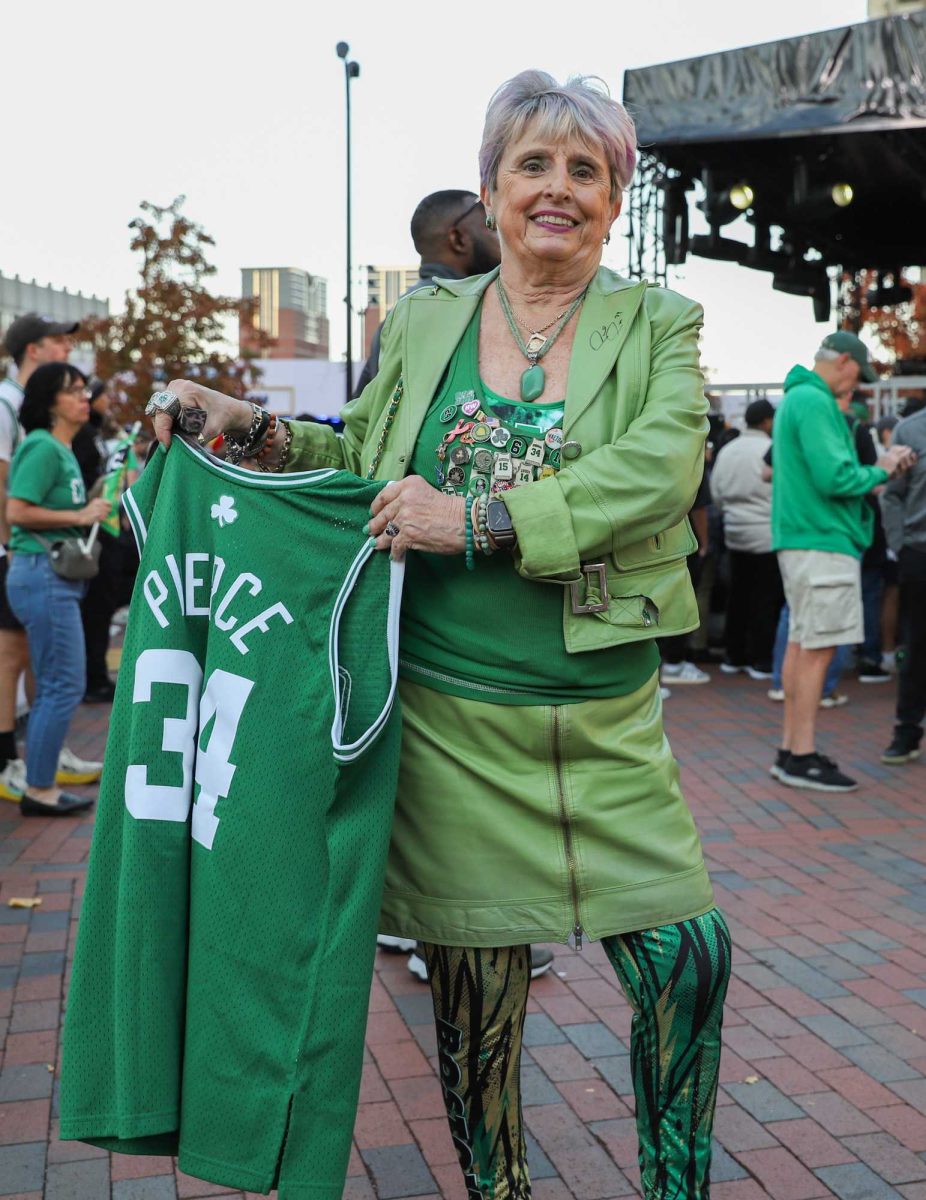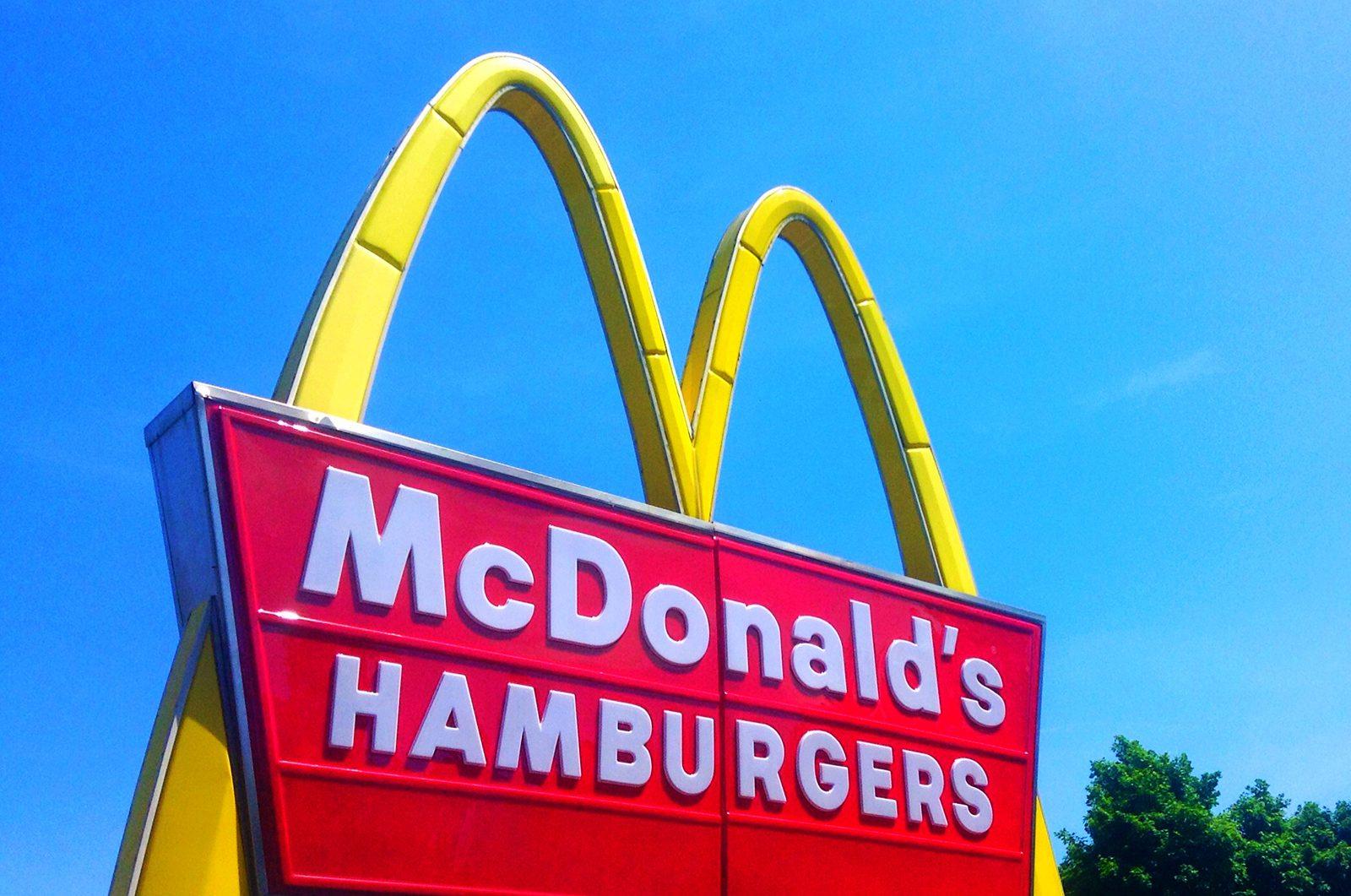Die-hard fast food fans, and even those who only indulge occasionally, are familiar with the process of ordering, waiting for your food and heading to your table with a red tray and soft drink in hand. Heck, maybe you even filled a little cup with ketchup. The steps to enjoying your salty fries, greasy burger or chicken nuggets have stayed pretty consistent and are usually the same across the board of fast food establishments.
One new fast food trend, however, is making heads turn and stomachs growl. Automated machines that act as food ATMs have popped up throughout the nation to change the way we think about customer service. Sprinkles Bakery opened the world’s first cupcake ATM in 2012 and revolutionized the industry. Through these machines, customers can receive their food from an automated dispenser.
Next Tuesday, McDonald’s will be releasing their own ATM in Boston to promote their two new burgers, the Mac Jr. and Grand Mac, according to an article from the Boston Globe. One “customized digital Big Mac ATM” will be posted in Kenmore Square at the chain’s location at 540 Commonwealth Ave from 11 a.m. to 2 p.m. To receive a free burger, customers will have to program their Twitter handle into the machine, which will send out a tweet from their account publicizing the two new Big Mac versions.
The concept of a vending machine spitting out burgers like bags of chips isn’t very appealing. How long can cooked meat stay in an ATM until the food becomes inedible or simply unappetizing? This particular marketing strategy only lasts for a few hours, but if this trend were to pave the way for ordering fast food, it would be hard to upkeep a machine of this design without the food losing its freshness.
From a business perspective, this idea is genius. McDonald’s will be able to advertise their burgers through Twitter while entering the world of automation that seems to be taking over food service. From an ethical standpoint, this idea is questionable. The concept of automated food dispensers inevitably leads to the loss of jobs for cashiers, food preparers and drive-thru attendants. In recent years, fast food workers have unionized for a $15 minimum wage and have not seen much success. Fast food companies would make the switch to automated machines from actual employees to save money, which is admittedly, once again, a smart business decision. Machines don’t protest, don’t rally and certainly don’t unionize.
Aside from the possibility of saving money, why is it necessary to remove these jobs? It would cost a significant amount of money to purchase and upkeep fast food ATMs that will most likely serve staler food. If this one-time marketing strategy became a full-time campaign for McDonald’s high-tech vending machines throughout the country, thousands of people would lose their jobs. Employees who are struggling to support themselves as is would be deprived of their jobs to technology that takes away all interaction between consumers and workers.
Automated fast food dispensers could become extremely successful. They’re fast, and for those who don’t have the time or money to stop into a restaurant or a grocery store for a full meal, it would be easier to visit a food ATM. Just choose your order and go. This is worrisome though because it is encouraging and facilitating an unhealthy diet. Technology is moving forward, and that is something to be proud of and encourage, but technology innovation in the fast food industry might not be the best route for a country already riddled with obesity.
The fast food industry was founded on efficiency, and it makes sense that every step it takes into the future, the easier fast food distribution becomes. First, we saw the incorporation of drive-thru windows, then ordering through tablets until finally coming to a vending machine for hamburgers. It’s strange to think that this might be the norm in the coming decades but many modernization of the past have garnered the same reaction.
McDonald’s promotional campaign is geared toward the current digital age. We like exclusivity, technology and how both of those concepts can be incorporated into food. People will want to say that they were a part of the social media craze involving a burger ATM. They’ll want to tweet, Snapchat and Instagram to the masses that they were privileged enough to receive a Big Mac from Boston’s first burger ATM.
Right now, McDonald’s is using this technology as a promotion, but it won’t stay like that forever. Technology and business professionals agree that we’re heading down the road of automation, and the fast food industry is leading the charge. Eventually, picking up a Big Mac or chicken nuggets from an ATM while you’re walking down the street could be a lifestyle. Technology is always progressing, and consequently advances us — it is increasing productivity and facilitating the use of almost everything we already do. In the end, the loss of jobs will be inevitable.




















































































































